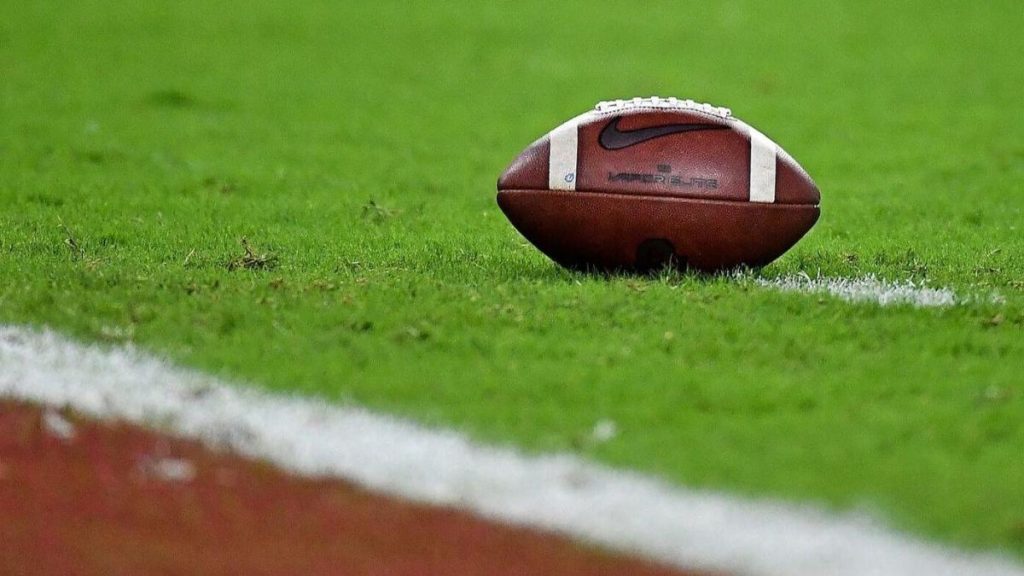Every summer, the 3 major professional sports (basketball, football, and baseball) organize their amateur drafts which are aired on primetime TV with weeks and weeks of hype and analysis. All of which make you don’t want to keep your eyes off the main event…the first round which is a guarantee that every parent of a youth athlete would hear. It states that almost 95% of multi sport athletes was once first rounders.

To start, lets distinguish correlation and cause because they play a vital role in how this information is interpreted. The correlation in the sentence above is between being an advance professional athlete and being a multisport young athlete. The common interpretation of the statement is that being a multisport youth athlete help you to become a high-level professional athlete which means that specializing in one sport is not good.
It should be emphasized that the overall level of athleticism needed to be a professional in a sport is remarkably high. At any age of playing sport, from middle school to high school, from college to professional, the advanced professional athletes are the most sought after by coaches and clubs. The higher-level athletes in youth sports play on better performance teams, get more playing time, and accumulate more skills than other. Then the effect continues to high school, then to college, and then to professional sports. So, while the statement of 95% of first rounders becomes athletes in multiple sport might be true; it does not necessarily mean that being multisport athletes helped them to be first rounders. Being the highest-level athletes helped them to be first rounders.
Sport specialization is not a youth athletes’ opponent. In fact, most youth athletes choose specializing simply because they LOVE one sport more than the other. And playing them is rewarding as they get to be engaged in their passion and learn to work hard for something they enjoy.